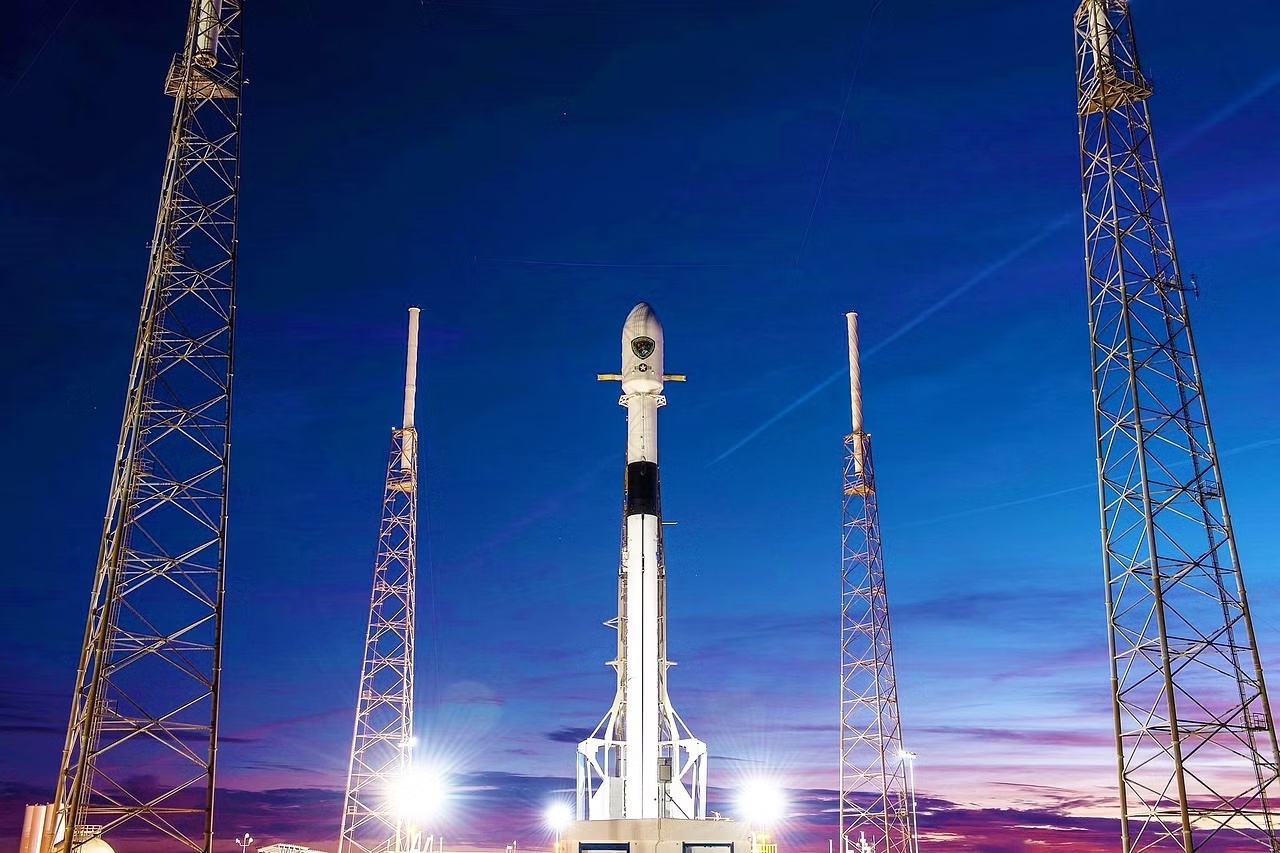4.01.2024
In A First, ISRO To Use SpaceX Falcon 9 For Launching Heavy Satellite GSAT-20, Shifting From France-Led Arianespace Consortium

The Indian Space Research Organisation (ISRO) will rely on SpaceX to launch its next-generation heavy communications satellite named GSAT-20.
This marks the first time that ISRO will use SpaceX's Falcon 9 heavy lift launcher for a dedicated Indian mission as reported by NDTV.
Previously, India heavily relied on the Arianespace consortium, led by France, for launching heavy satellites.
The deal highlights ISRO's current lack of a rocket with the capacity to lift large communication satellites, leading them to opt for SpaceX due to the unavailability of other suitable rockets within the required timeframe.
The commercial arm of ISRO, New Space India Limited (NSIL), has signed a contract with SpaceX for a possible liftoff in the second quarter of this year.
However, India's indigenous rockets lack the capacity for launching very heavy satellites to geostationary orbits beyond the 4-ton class.
GSAT-20, weighing 4700 kg, offers Ka-Ka band high-throughput capacity with 32 beams covering Pan-India, including remote and unconnected regions.
NSIL has emphasised that this move represents a shift in India's satellite launch strategy and indicates the positive outcomes of government-led reforms.
The GSAT-20 satellite, now renamed GSAT-N2, aims to provide broadband internet access to remote areas, competing with services from OneWeb, Starlink, and Reliance Jiospace. India's current heaviest rocket, the Launch Vehicle Mark 3, can lift only 4000-kg satellites to geostationary orbits.
ISRO Chairman S Somanath stated the urgent need for a heavier rocket, the Next Generation Launch Vehicle (NGLV), capable of lifting up to 10,000 kilograms to the same orbit.
The NGLV is under design at the Vikram Sarabhai Space Center and is expected to become a reality in the coming years, enhancing India's launch capabilities to meet future needs while remaining cost-competitive.
Quelle: SWARAJYA

